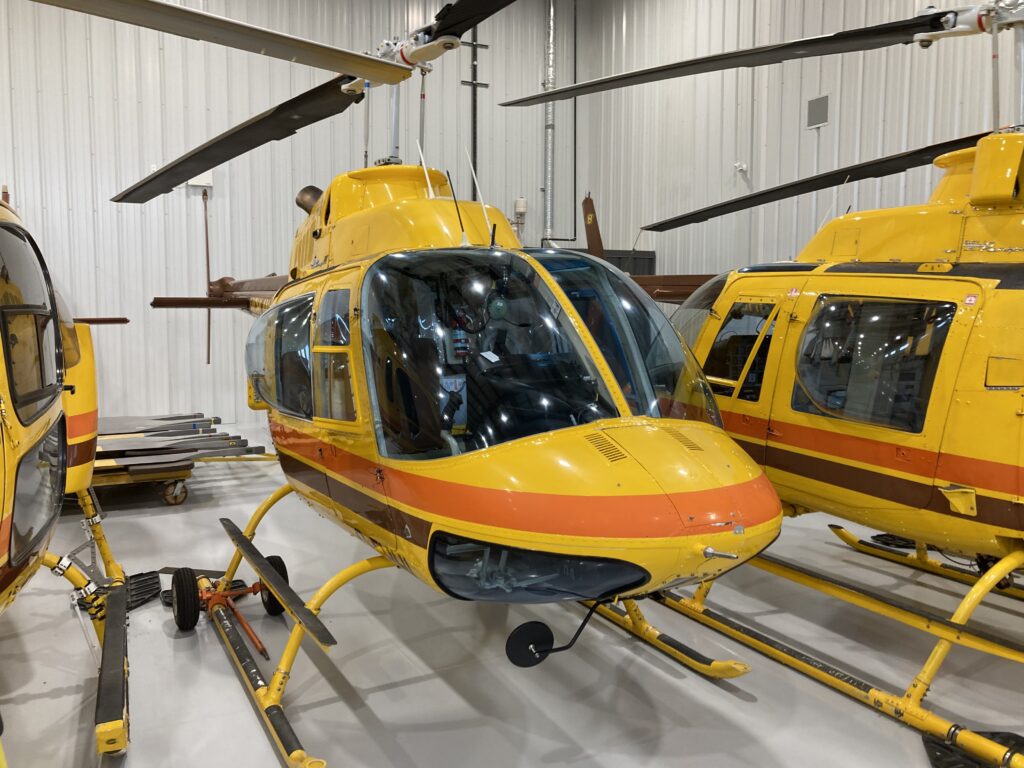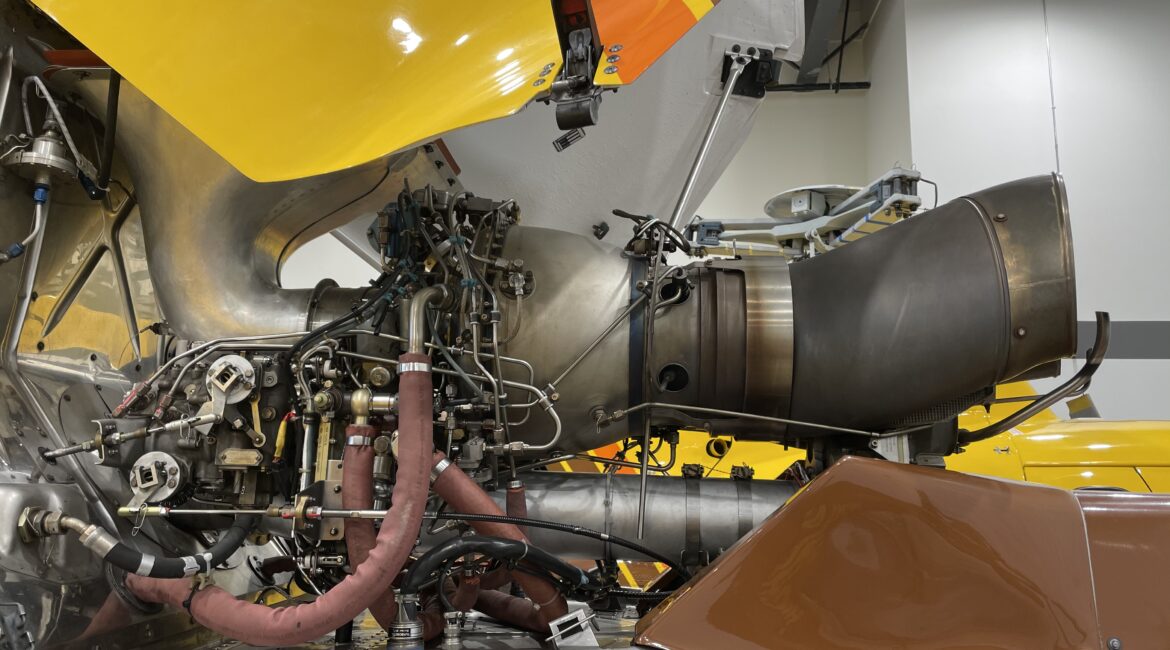Important information for all helicopters:
• Each and every aircraft purchase should start with a Pre-Purchase inspection, using a certified OEM trained maintenance technician with ample experience on the specific type of aircraft. Ask your provider to confirm experience, currency on type, and whether they hold an appropriate maintenance license. Are they experienced with current airworthiness regulations of the country of current operation ? Are they also familiar with the new regulatory country, if different, and if being exported to ? Are they able to search the International Registry ? Ask for a detailed assessment of costs for services. Discuss work to be performed, and review any specific requirements. An example of a past report will be helpful to determine if all areas of the review are covered and included. Critical items must be reviewed including, Time life items , overhauls, OEM delivery and certification dates, ELT, age, calendar replacement dates. Dates are very important. Remember, some OEM’s require inspections, overhauls, hard life times, calendar replacement times, calendar inspection times, calendar overhaul times, cycle time replacements, landing cycles, engine gas and power turbine cycles, performance trends, oil sample trends, etc.
• Ensure Complete logs including original logs to birth of aircraft and of each component. Once you have access to the Logs, sit down with your AME and read all of them! Know how many you should have from NEW!!
• Be aware of damage history. Depending on the extent of the damage, the price of the aircraft will be impacted. Confirm if the OEM has a list or “black list” for accident helicopters.
• Ask for an oil analysis and any trending data available as well, and Engine performance trending. Seek further information from the Engine OEM if necessary.
• Any STC and correct approvals as per country. Not all STC’s are approved in each country. See regulations for FAA, EASA, etc. This can be a major cost to correct or change.
• Airworthiness Directive compliance and mandatory Service Bulletins if applicable. Modifications records.
• Corrosion inspection is very very important.
• Keep in mind a pre-purchase is not an annual inspection or 100hr equivalent and you shouldn’t be looking to have your AME / Mechanic sign off an Annual. The two inspections are different.
More Questions?
• Do you need to ferry the aircraft over a long distance? Or Truck? Do you have a know aircraft shipper?
• Do you have Country specific Customs and Import / Export taxes / fees / documentation?
• Do you need a Flight Permit or Temporary Registration? How long does that take?
• Does your local Airworthiness Office require notification of intended flights or Permits?
• Does your Insurance Company consider you qualified to fly the aircraft as PIC? with the current registration ?
• Will you need a ferry pilot to help you move the aircraft? Are the Current and Rated on Type?
• Is your AME qualified to fly the aircraft?
Some of the areas that you want to have a maintenance expert review:
• Aircraft records, (logbooks, etc.) – are they complete and accurate?
• Aircraft damage history – has the aircraft been involved in an accident?
• Airworthiness Directive (AD) status – are all applicable AD’s complied with and signed off properly?
• Engine condition and history – is the engine performing as it should?
• System operations – are they functioning normally?
• Modifications and proper recording of the modifications – are all FAA form 337s, STCs accounted for?
• Corrosion damage – where has the aircraft lived? Is there hidden corrosion?
• Another important part of a pre-purchase evaluation is the acceptance flight. How does the aircraft handle? Does it seem to be in rig? Does it fly per the approved flight manual ? Does it meet the flight manual specs ? Do the gauges all agree with each other? Are there any excessive vibrations. Does Engine meet Power Performance Specs?
If an aircraft needs to be imported into Canada, it will need to undergo an Importation Evaluation Process. This is different from a pre-purchase inspection. It is our experience that many sellers are unaware of many of the findings that may surface during the pre-purchase inspection.
Following the inspection the parties have four choices:
• If all looks acceptable, complete the sale.
• Complete the sale with a price adjustment to offset the cost of discrepancies.
• Discontinue the sale and pay out the AMO or maintenance provider for services rendered.
• Work out another equitable arrangement between the parties.
Since both the buyer and the seller are at the end of a long road, most choose to work out an agreement that will allow everyone involved to settle the deal in a mutually agreeable fashion.
Tips for your pre purchase evaluation:
• When performing these evaluations always prepare and use a checklist. Use an online drive to log all copies, pictures and information when possible.
• Always start the pre-purchase evaluation with clear and well-defined parameters so that everyone involved (the buyer, seller and evaluator) are working from the same page.
• In the end, a well performed evaluation can make the aircraft buying experience much easier and ownership more cost effective.
and ALWAYS check references before you start. A few phone calls can provide you an incredible amount of information before you begin. The aviation industry, and especially the helicopter industry is a very “small” industry in so far as everyone tends to know each other fairly well. Within two phone calls, you will have a good understanding of Who’s Who.


